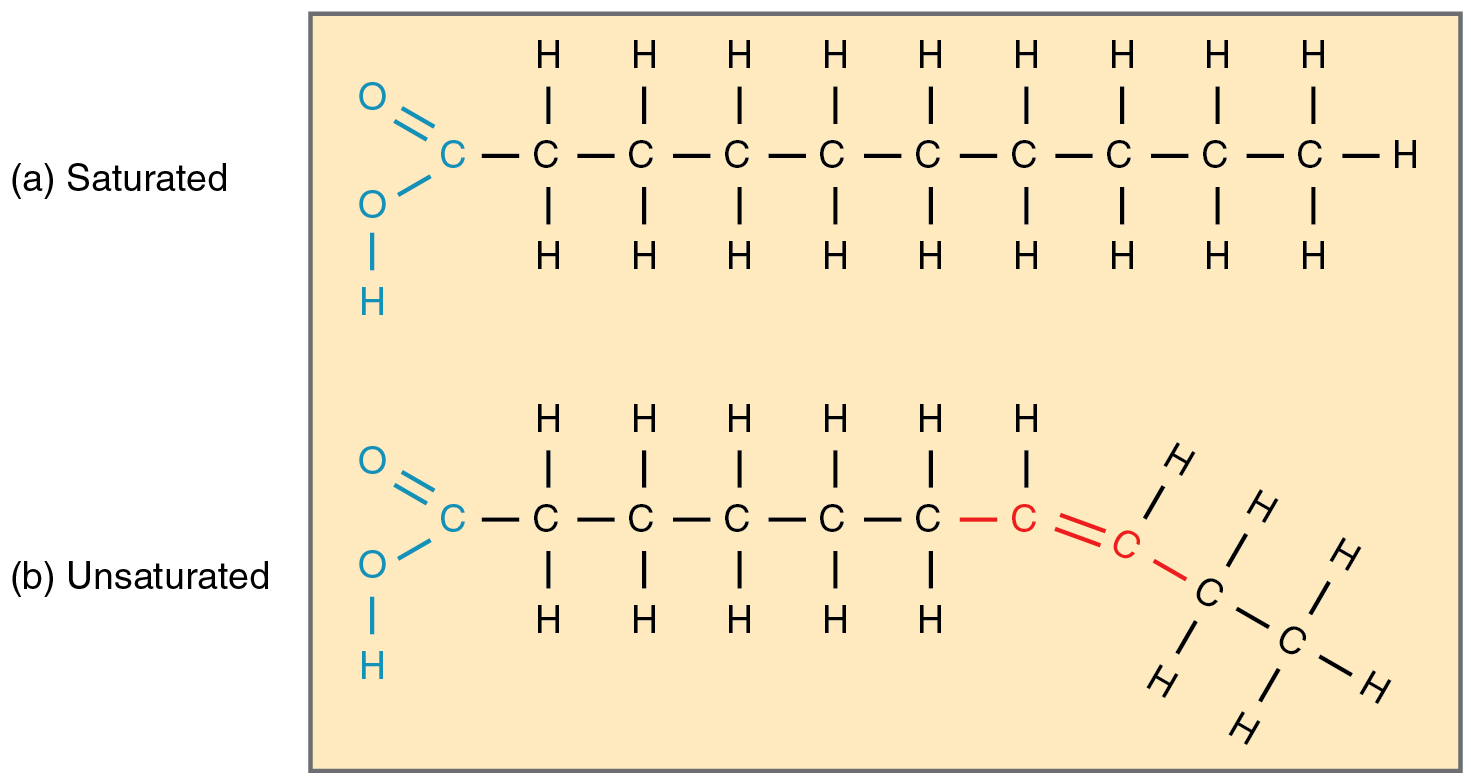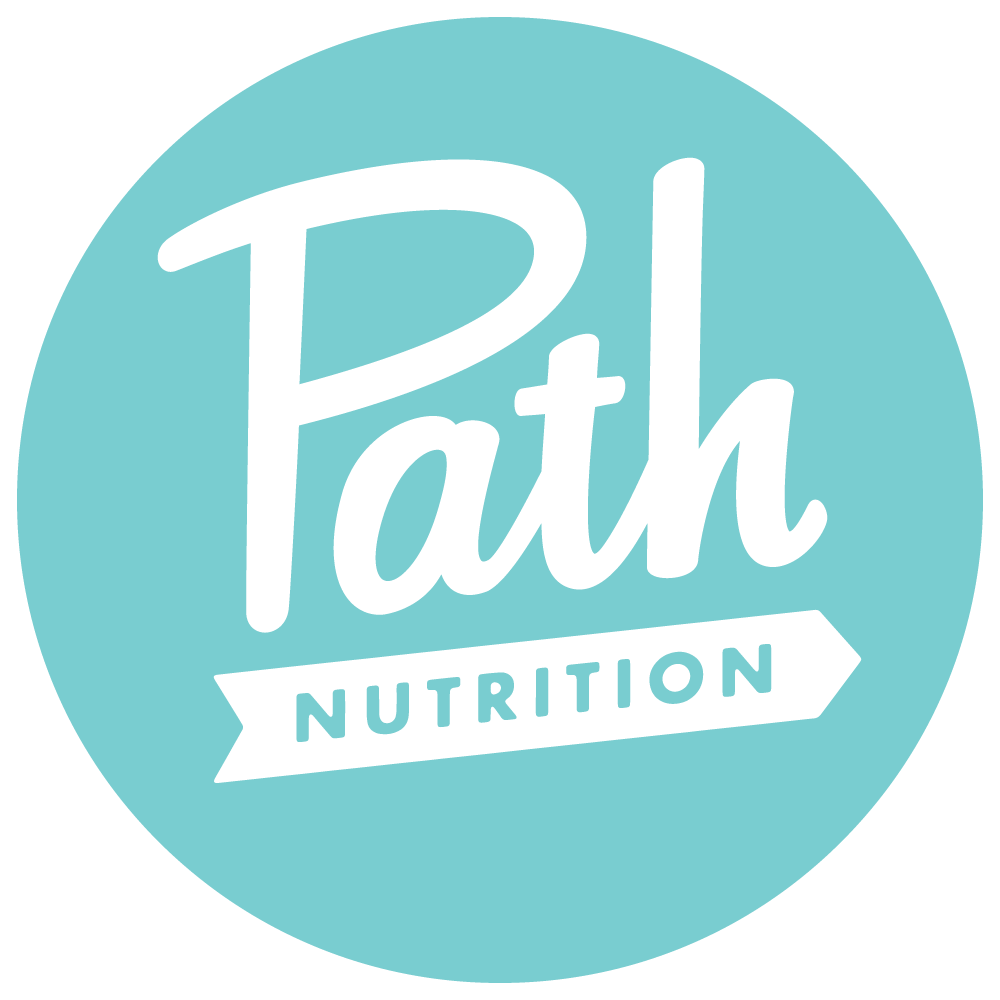Top 8 Nutrients for Heart Health
Today I’m sharing my top nutrients that support heart health. Not going to go into depth on each one, some more than others. The goal is for you to feel informed without overwhelmed.
FIBER
Still top of the list for me. It helps to lower cholesterol in a few different ways. I talked about that here.
SALT
The reason why low salt diets are recommended is because when salt rises (especially in relation to the other electrolytes like potassium, magnesium and calcium), your kidneys are not able to fully excrete the excess sodium to urine, this creates an increase in blood volume. That in turn makes it harder for the heart to pump blood through the arteries. There is increased pressure from the force of pumping the extra blood through the heart. This increased pressure is hard on the layers of the arterial wall, there can be areas that get damaged and easy for cholesterol molecules to filter in creating plaque (as one possible example). The extra force also stiffens the arteries over time, not allowing the normal function of the arteries.
Some people are genetically more sensitive to salt than others. Some people don’t necessarily have an excess of salt in their diet, but relative to potassium and the other electrolytes the balance is off.
If you consume more plants you can increase your potassium levels and help your kidneys regulate sodium intake. Eat at least 5 servings fruits and veggies/day. This amount is roughly 5 cups/handfuls of fruits & veggies, when spread out over the day makes it feel less daunting. Other high potassium foods include beans, lentils, winter squashes. Even potatoes have good amount of potassium in them.
On the flip side, super low salt intake is not beneficial. If you over restrict salt you can have too low levels of sodium, which makes you have too much potassium, and that can slow your heart too much.
Repeat after me, “balance, not extremes!”
GARLIC
Aged garlic helps to
reduce cholesterol absorption
decreases enzymes that create cholesterol in the liver
lowers blood pressure
has anti-clotting activity
reduces oxidized LDL.
Aged garlic is typically found as a supplement, you can find it in its whole form in some speciality stores. Garlic in foods are also beneficial. How you consume garlic depends on your specific lab profile and what your goals are.
GREEN TEA
Compounds in green tea can help decrease absorption of cholesterol, can slow the enzyme used to make cholesterol, support the mitochondria, and more. In research the amount that has shown benefit is as little as 12oz per day. This dose is not going to reverse or dramatically change cholesterol profile, but in combination with health supportive measures, it can add an extra oomph.
You can take green tea extract supplements, I personally have not done this with clients because there are usually other more broad reaching interventions and we can get more bang for buck with other products. If you like tea, drink it.
FLAX SEED
Ground, not whole flax seed or oil. Whole seeds can’t be broken open and apart in our digestive tract, they are tooooo hard. Whole seeds are good for creating a gel that aids in bowel movements. The oil doesn’t have the same properties as when ground because it takes out the fibrous parts that play a key role in heart health.
With ground flax seed you can get significant benefit with as little as 2 tablespoons per day. There is research showing benefits for up to 6 tablespoons per day.
The only issue with ground flax seed is that it can go bad very quickly. The oils are very sensitive to breaking down when exposed to oxygen. When using whole flax seeds, grind them in a coffee grinder. To avoid having to grind such a small amount every day you can grind a about a cup at a time, but you need to store the ground flax in the freezer. Create whatever system works best for you, what matters is consistently eating the flax.
Be careful buying ground flax seed because many are packaged in a way that does not prevent from oxidation. I personally buy Spectrum brand because the bag is sealed airtight and no clear packaging for light degradation. Keep in the freezer after opening.
Make it stand out
POMEGRANATE
(juice unsweetened) 6oz per day, or 1/4 cup of seeds. Consistently consumed can have many positive effects on cholesterol function, reducing inflammation and blood pressure.
NIACIN
Niacin (not niacinaminde) has been shown to have great improvements in reducing total cholesterol, LDL cholesterol, reducing Lp(a), changing LDL size from small to large, and more! The thing is you have to take high doses of niacin and it’s not something you want to do willy nilly. Taking the high doses of niacin is worth it for your heart, but you should work with a health care professional to work your way up in dose. If you are taking high doses of niacin, be sure to avoid taking within 6 hours of alcohol intake.
FATS
What’s the deal with fats? They’re bad, they’re good. Which ones and how much? It’s a lot to keep up with.
Saturated vs. Unsaturated?
Let’s break this down. Fat saturation is referring to the string of carbons that make up a fat.
If it’s a saturated fat - it’s just a long chain of single bond carbons. If it’s unsaturated, there will be spots where there will be a double bond and there and that double bond changes the shape - there’s a little bend there.
If there are multiple double bonds - it’s called a poly(many)unsaturated fat. You know these as Omega-3 and Omega-6 fats. You can get PUFA’s from from fish, flax seeds, chia seeds, algae, eggs, and some pastured raised animal fats.
If there is one double bond it’s called a mono(one) unsaturated fat. You know these fats from olives/olive oil, avocados/avocado oil, nuts, and seeds, animal fats.
Saturated fats are found in the fats of animal protein, coconut oil, and palm oil. These products are not ALL saturated fat, they have other MUFA/PUFA fats. Just the concentration of saturated fats is higher than unsaturated fat sources.
WHY SHOULD I CARE ABOUT THIS?
The stiffness and the bend in these fats plays a role in the body. Saturated and unsaturated fats are used to make cell membranes (the outer structure of cells) you need a bit of both. You don’t want your cells to be really hard/stiff and not have any fluidity or bend to their structure; the cells need some rigidness to do hold the shape. AND the cells need to be flexible, to allow for all the receptors, pumps, and activity that is happening at the cell wall. So they work together. BUT we need WAY more unsaturated fats than we do saturated fats.
We REALLY need omega 3 fatty acids, but not in crazy amounts. 1,000 mg (1g) of Omega 3’s per day can go a long way in reducing coronary heart disease and reduce a heart attack. I recommend 1-3g of Omega 3’s per day. Having more EPA vs DHA is more nuanced and depends on your health situation.
If you eat animal proteins, choose leaner cuts and be sure to include fish. If you don’t eat fish take Omega 3’s. Vegan? There are algae based Omega-3 fatty acids. Use extra virgin olive oil when possible. Avocado oil is good too. Coconut oil has its benefits even though it’s higher in saturated fat, but it doesn’t work with everything you are trying to cook. Palm oil and health is of course not simple. You can get palm oil in its more pure form which retains its similar health benefits as coconut oil - it’s just hard to find and pricey in the US. The natural form of palm oil will have a red color, if it’s clear it’s been processed.
After trans fats were largely removed from the food supply, processed palm oil is what has largely replaced trans fats.
TL;DR
PHEW! Ok, did we get that? Eat some plants. Get your Omega’s. You have more options for beverages that will boost heart health and now you know about fats. Salt is ok but in relation to other nutrients. Put some flax on your oatmeal or yogurt. Call me if you want help with the awesome powers of niacin!




